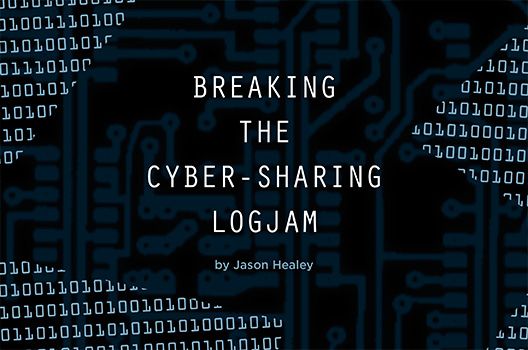 The Internet makes everyone neighbors in cyberspace, connected by a digital infrastructure that serves as the bedrock of their communities. But despite pockets of excellence, the neighborhood-watch system is broken. Not all kinds of sharing are equal, as many organizations involved in cyber defense are net consumers—not suppliers—of shareable cybersecurity information.
The Internet makes everyone neighbors in cyberspace, connected by a digital infrastructure that serves as the bedrock of their communities. But despite pockets of excellence, the neighborhood-watch system is broken. Not all kinds of sharing are equal, as many organizations involved in cyber defense are net consumers—not suppliers—of shareable cybersecurity information.
In a new Atlantic Council report, Breaking the Cyber-Sharing Logjam, Cyber Statecraft Initiative Director Jason Healey outlines the challenges to effective cyber sharing and offers practical solutions to increase the positive value and trust of sharing while reducing the cost and risk of collaboration.
Cyber sharing is hard. Too much information remains classified. The economic incentives are misaligned, and the risks are high in what many organizations perceive as uncharted territory. But the benefits of sharing information can be significant. Organizations can learn valuable insights about their adversaries, the types of systems and information being targeted, the techniques used to gain access, and the indicators of when a system is compromised.
More examples of successful collaboration will help build momentum for future sharing. It will take time to shift from a system of informal and semi-structured networks and relationships to a formal, institutionalized approach. Deepening the well of trust will be critical, and increasing the value of sharing will interest investors and policymakers alike.
